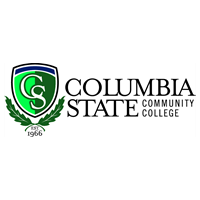Below is a summary of the abstract you submitted. Presenting author(s) is shown in bold.
If any changes need to be made, you can modify the abstract or change the authors.
You can also download a .docx version of this abstract.
If there are any problems, please email Dan at dar78@pitt.edu and he'll take care of them!
This abstract was last modified on March 19, 2024 at 5:20 a.m..

The goal of this study was to comparatively analyze three recently annotated bacteriophages belonging to the A1 subcluster of cluster A phages, the largest cluster of phages published to the NCBI GeneBank. Phages Dussy, Dexes and Manatee utilize the temperate life cycle by integrating their DNA into the bacterial host as a prophage. In contrast, lytic phages replicate in the host’s cytoplasm independently from the genome of the host. The annotation of phage Dussy showed that its genome of 89 genes carries one tRNA gene. In contrast, phage Manatee with its 92 genes and phage Dexes with its 93 genes showed no presence of tRNA genes. The presence or absence of tRNA genes was confirmed by Aragorn and tRNA-Scan analysis software. The comparative analysis of these phage genomes showed the presence of a programmed translational frameshift localized in the tail assembly chaperone genes. We conclude that the conserved slippery sites represent an important component of the tail assembly mechanisms shared between phages with common ancestry.
